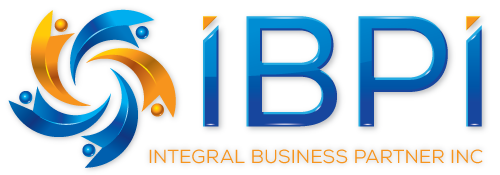Transforming a traditional staffing firm into a teal organization is a journey filled with challenges, surprises, and invaluable lessons. Reflecting on my own experience as a teal executive, I’d like to share some of the key lessons learned along the way.
- Embrace the Journey: Transitioning to a teal organization is not a destination but a journey. It is about evolving continuously in response to changing conditions, challenges, and opportunities. It’s crucial to remain patient and persistent, as the transformation doesn’t happen overnight but is an ongoing process.
- Transparency is Fundamental: Transparency was one of our initial challenges, but we quickly learned its importance. Open sharing of information, including our successes and failures, fostered trust, enhanced decision-making, and ultimately helped in creating a cohesive, engaged team.
- Empower, Don’t Micromanage: Empowering our staff to make decisions and manage their responsibilities not only boosted their confidence but also led to innovative ideas and solutions. Letting go of traditional hierarchical control was challenging initially, but it was instrumental in creating a self-managing and efficient organization.
- Cultivate a Culture of Trust: Building a culture of trust took time and effort, but it was the foundation of our teal transformation. We had to trust in our team’s abilities, and they had to trust in our commitment to the teal principles. This trust laid the groundwork for open communication, distributed decision-making, and a strong sense of community.
- Invest in Personal Growth: The shift towards viewing our team members as whole individuals – with their own aspirations, strengths, and areas for growth – was transformative. We found that investing in personal development not only boosted morale and retention but also enriched our organization with a diverse set of skills and perspectives.
- Value Every Voice: In our teal organization, every voice matters. From recruitment to strategic decisions, we learned that incorporating diverse inputs led to more comprehensive and effective outcomes. This also fostered a sense of ownership and engagement across the organization.
- Celebrate Failure as Learning: Changing our perspective on failure was pivotal. We started viewing failures as opportunities to learn and innovate. This shift in mindset fostered a culture of experimentation and continual improvement.
Looking back on this journey, the transformation was complex and sometimes daunting, but the resulting teal organization – with its engaged team, innovative solutions, and adaptability – was worth every challenge. My hope is that these lessons can serve as guiding lights for others embarking on their own teal transformation journeys.

